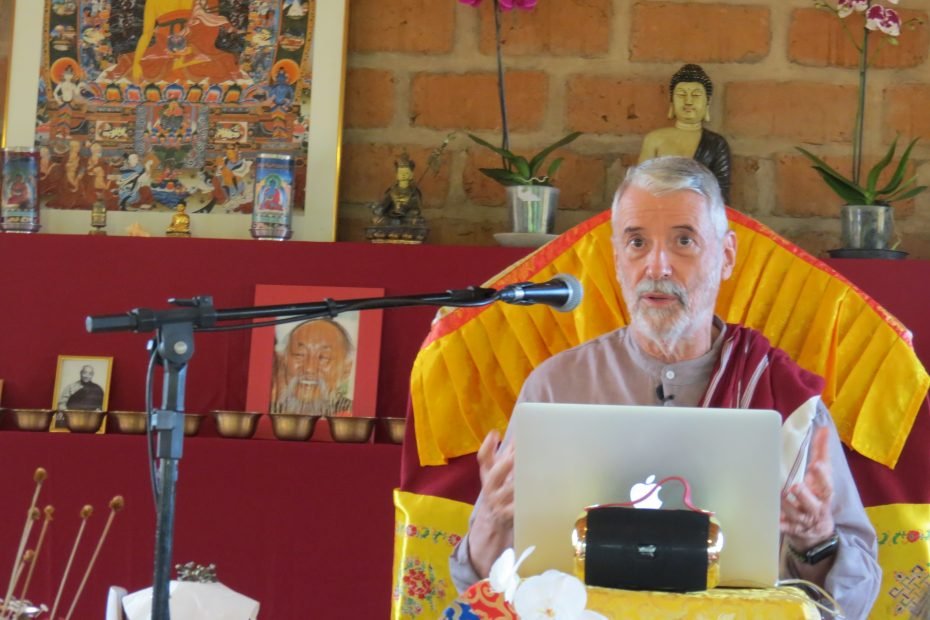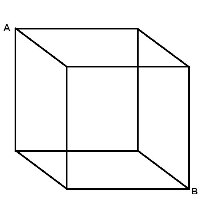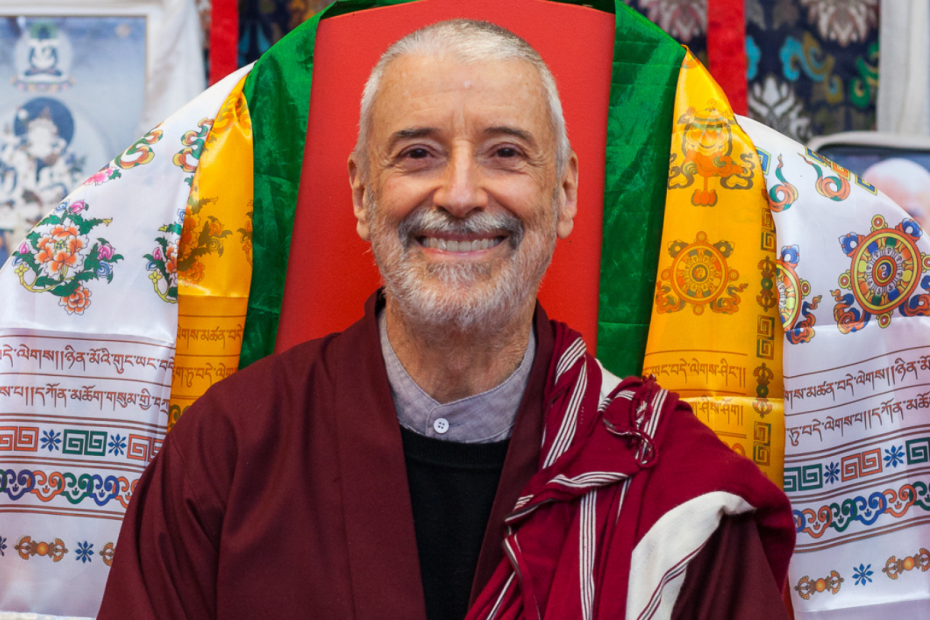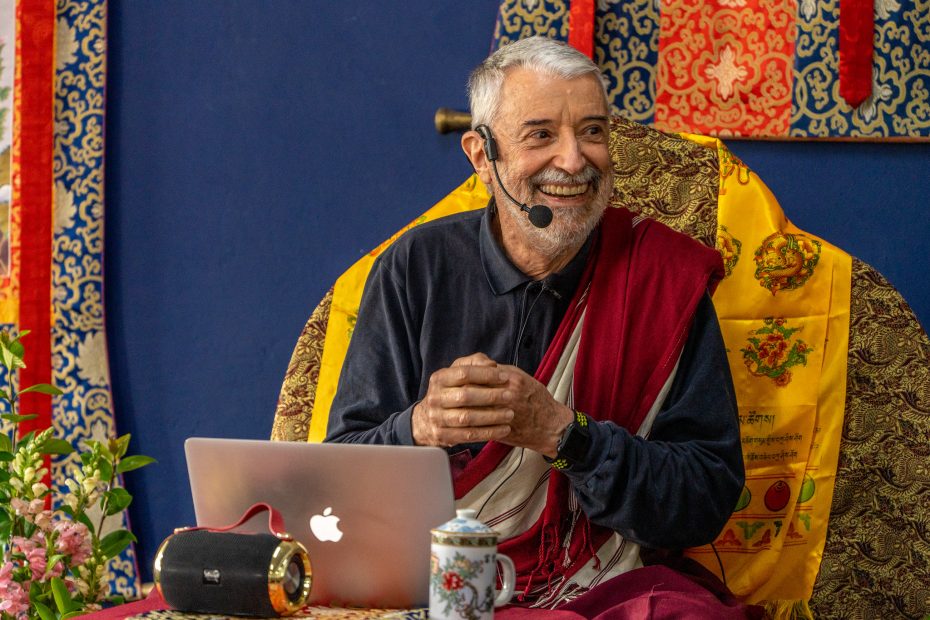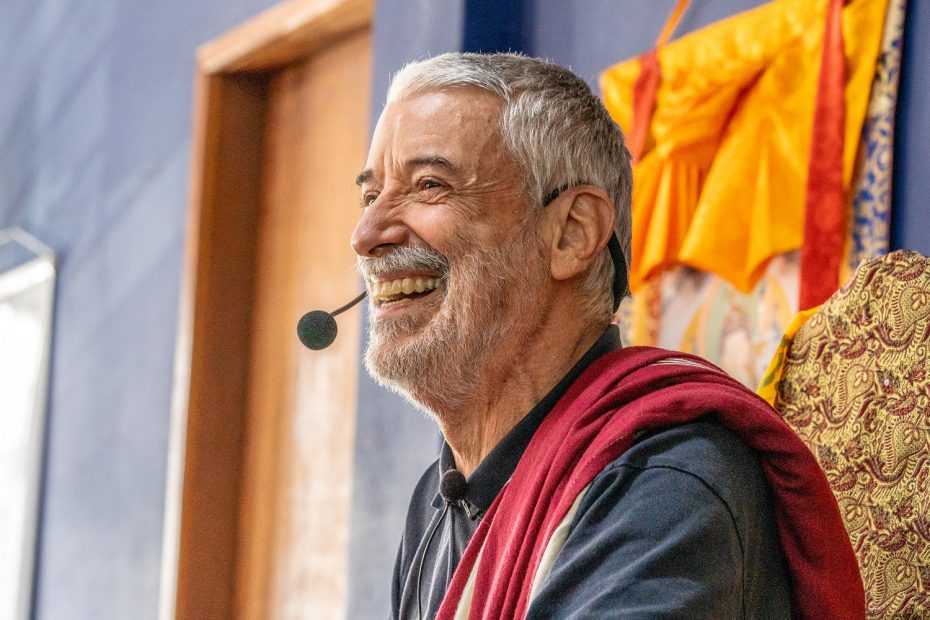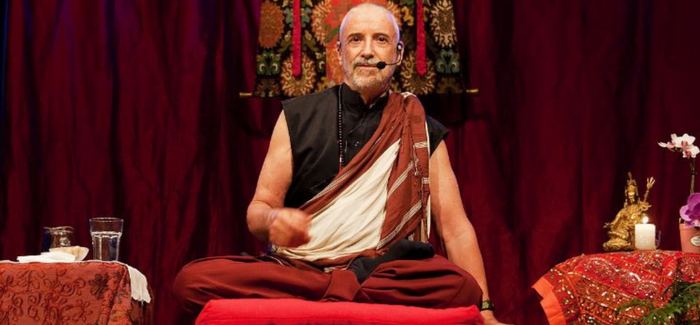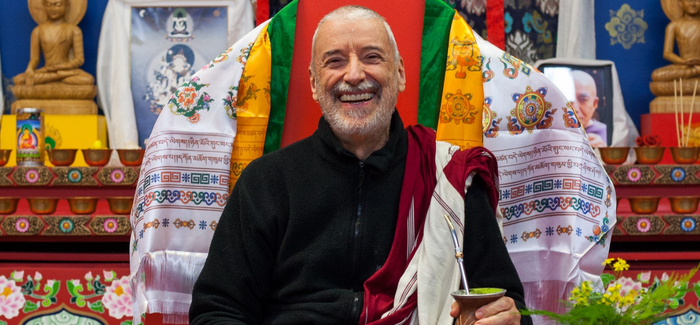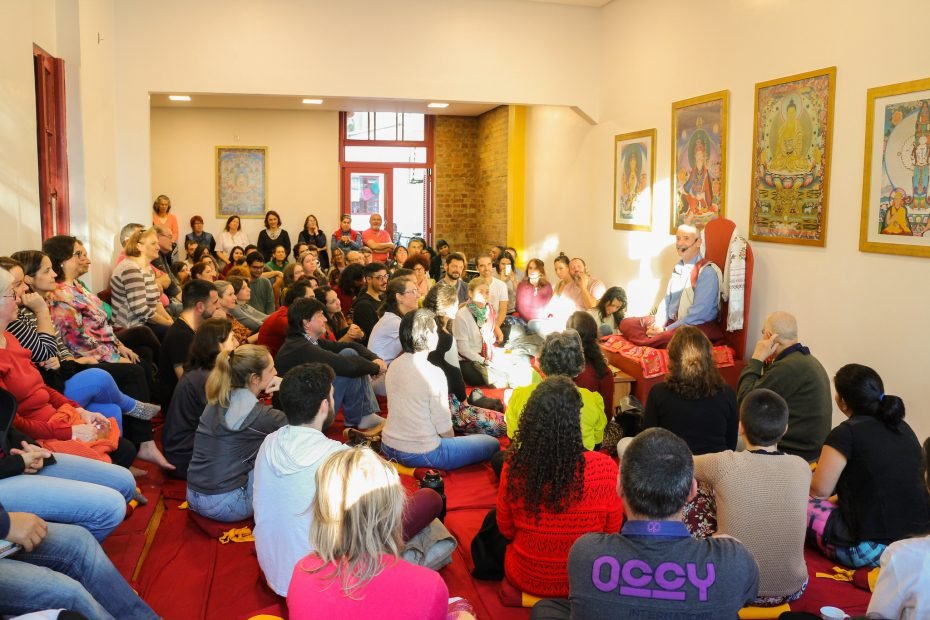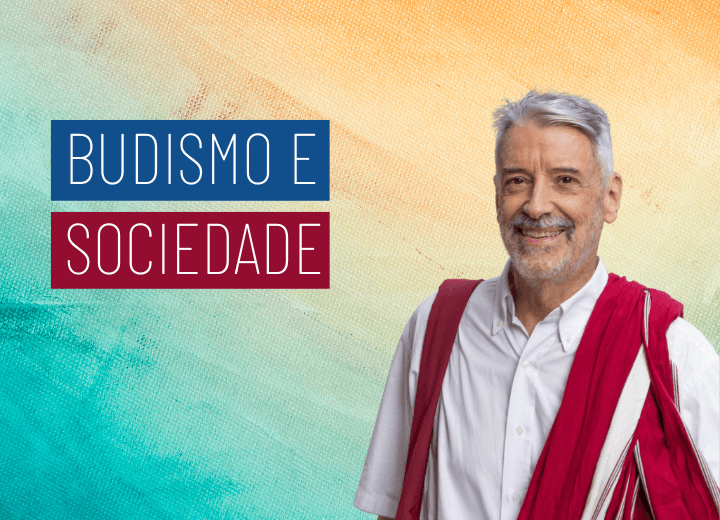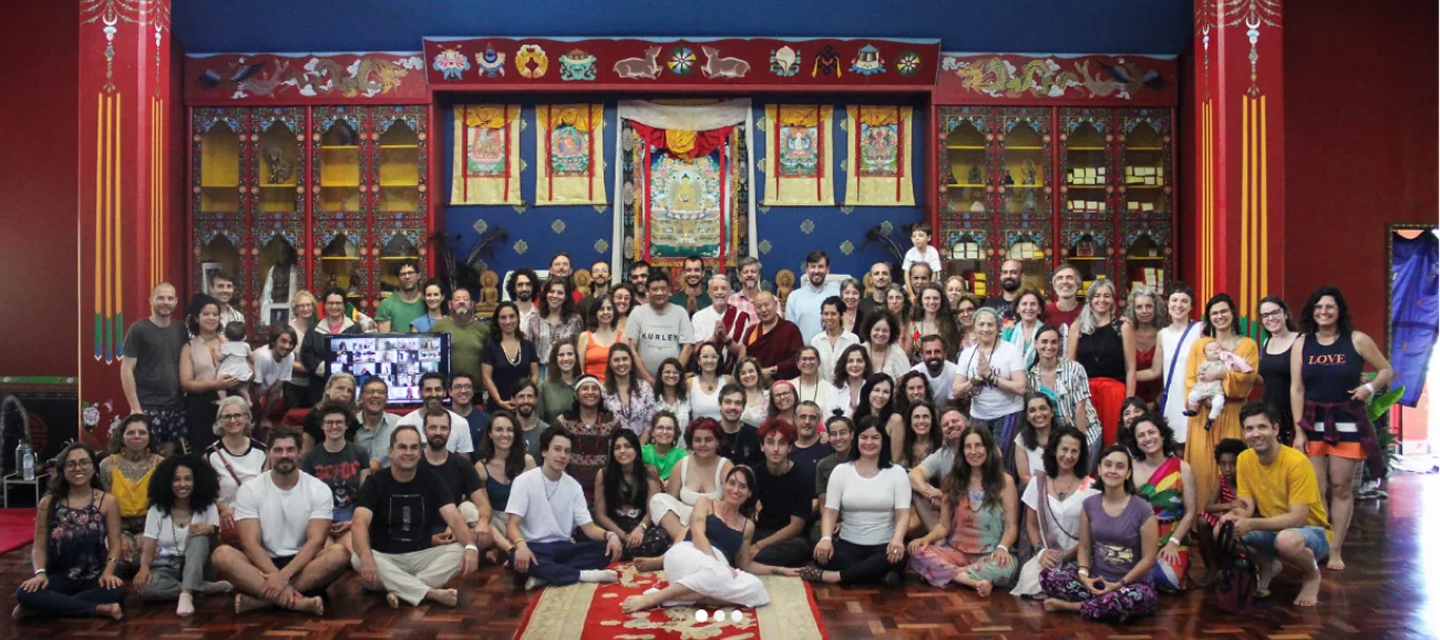by Cristiano Potamianos* | Oct 20th, 2010
A lot of e-mails circulate on the Internet about spirituality, generally they contain power point files attached with sweet and comforting words and a calm song in the background with the aim to provide you with a minute of peace in your agitated life.
Most of these Power Points don’t mention their authors and people simply read them, like or dislike them, and either delete them or press the forward button to all his/her contact list the same way they do with jokes, news and other general things.
Having said that, I want to say that I don’t have anything against them, but I decided to write this text to show the importance of a mental attitude of questioning and testing what is being presented before you either believe them or not.
As a follower of the Tibetan Buddhist tradition I learned that it is always important to test if a master and his teachings are authentic before we rely on them. And to do that, we should always test them in our lives, because that is what will validate whether the master and the teachings are true or not. By doing that, we come to experience the teachings, as opposed to merely obtaining information from them, which we will then judge whether we believe them or not.
The Buddha himself said: “Don’t believe me, test everything I say!” And it is through this attitude that his disciples have been keeping his teachings alive for more than 2500 years.
If we follow his advice, we come to experience a change in us that is beyond labels of faith and religion. That is what produces substantial changes in our lives, including the way we relate with things and other beings.
A lot of these e-mails I mentioned before talk about compassion and love, but they never teach us “how” or “why” to practice them, they do not present a mean through which we can effectively test them. For example, they might even mention that we are all one and interconnected but they never provide us with means to see that for ourselves.
Therefore, how can we practice love and compassion if we see “others” on our way as beings who present us with situations to which we react with anger, fear, jealousy, pride, greed, attachment, craving and ignorance?
If we dwell in this view, compassion and love will always be empty words without ever producing any changes in us. This way, compassion and love are utopias.
Having said all that, I would like to share a way of testing “how” and “why” we are indeed inseparable from everything we perceive in order to move towards a more compassionate relation with others and the environment.
This simple, but powerful, example is given by my master, Lama Padma Samten, for us to “see” how we co-emerge with all our experiences.
See the image below:
 <
When we look at the picture, very easily we can see a Cube in it. But how can we see a 3D object on a 2D screen? We never question ourselves that.
This shows us that we have internal mental references which we use to relate with what is being shown “outside”. And not only that, but we can see that we can see two cubes in the same picture, one Cube with face of vertex “A” in the front, and another one with the face of vertex “B” in the front. That shows us that, not only what we see “outside” is a reflex of what we have internally, but there is a dimension of freedom which allows us to change (choose) between the internal references we want to use (in this example whether we want to see the Cube of vertex A in the front or the one with vertex B in the front). So this dimension of freedom is what creates the cubes and allows us to change (choose) between them.
In this very same way, everything that we “see” outside is a reflex of the internal references we have inside, and not only that, but we also add meaning to them and relate with them classifying them in "likes" and "dislikes", and then we act according to those meanings.
The contemplation of that can bring us to realize that we indeed co-emerge with the world. Then we see that the world is in constant creation and transformation because our consciousness, inseparable from this dimension of freedom, is constantly choosing, creating and updating all these internal references, therefore creating what we experience “outside”. If we recognize this freedom and change them at our own will, we are exercising freedom. But if we are not in control of them, if we feel incapable of making conscious changes, it means we are being guided by impulses (karma) that dictate the course of our experiences, whether pleasant or unpleasant, and we can only see them in one way.
Everyone and everything we relate with in our lives play a role in our consciousness, and our relationships with them are what define us, they are reflexes of our inner mental references; therefore, by doing them harm, we are harming ourselves by creating connections to internal mental references of suffering.
Only by realizing this inseparability, this co-emergence, love and compassion will make sense and we will be able to practice them; as opposed to just intellectually understanding them. And that makes us realize that we are indeed creators of the world, not mere “players” in a pre-existent one.
Such realization is effectively attained with a calm and focused mind as the ground that will provide the seed of wisdom to sprout. And to accomplish that, meditation is crucial.
So why should we practice love and compassion?
Because by seeing that we are inseparable from everything and everyone, by benefiting others we are benefiting ourselves.
How should we practice love and compassion then?
Contemplating and seeing our co-emergence with the world, using the aid of a calm and focused mind.
And how do we calm and focus our mind?
Meditation.
These are the ways I have been learning to “experience” and “change” my reality towards a more positive one in which I can bring benefits to others. I am fortunate to have found an authentic teacher, with authentic teachings, who has been showing me to perfect this all the time on a daily basis, affecting my relationship with all the ones around me.
Whether you will test this for yourself or not is a choice I leave to you. But I just want to say that: “When you read these power point e-mails, or books and texts, or when you listen to lectures of various speakers; before believing or disbelieving them, see if there are means to test that which is being presented, see if by testing it, it will indeed produce any substantial change, resulting in a more positive attitude in your daily life”.
*Cristiano Potamianos is Lama Padma Samten´s student, he lives in Canada where is Boddhisatva Buddhist Studies Center coordinator in 77 Woodhill Crt, SW, Calgary, AB, T2W 3P1
For more informations:
1-403-968-5390
potamianos.cristiano@gmail.com
<
When we look at the picture, very easily we can see a Cube in it. But how can we see a 3D object on a 2D screen? We never question ourselves that.
This shows us that we have internal mental references which we use to relate with what is being shown “outside”. And not only that, but we can see that we can see two cubes in the same picture, one Cube with face of vertex “A” in the front, and another one with the face of vertex “B” in the front. That shows us that, not only what we see “outside” is a reflex of what we have internally, but there is a dimension of freedom which allows us to change (choose) between the internal references we want to use (in this example whether we want to see the Cube of vertex A in the front or the one with vertex B in the front). So this dimension of freedom is what creates the cubes and allows us to change (choose) between them.
In this very same way, everything that we “see” outside is a reflex of the internal references we have inside, and not only that, but we also add meaning to them and relate with them classifying them in "likes" and "dislikes", and then we act according to those meanings.
The contemplation of that can bring us to realize that we indeed co-emerge with the world. Then we see that the world is in constant creation and transformation because our consciousness, inseparable from this dimension of freedom, is constantly choosing, creating and updating all these internal references, therefore creating what we experience “outside”. If we recognize this freedom and change them at our own will, we are exercising freedom. But if we are not in control of them, if we feel incapable of making conscious changes, it means we are being guided by impulses (karma) that dictate the course of our experiences, whether pleasant or unpleasant, and we can only see them in one way.
Everyone and everything we relate with in our lives play a role in our consciousness, and our relationships with them are what define us, they are reflexes of our inner mental references; therefore, by doing them harm, we are harming ourselves by creating connections to internal mental references of suffering.
Only by realizing this inseparability, this co-emergence, love and compassion will make sense and we will be able to practice them; as opposed to just intellectually understanding them. And that makes us realize that we are indeed creators of the world, not mere “players” in a pre-existent one.
Such realization is effectively attained with a calm and focused mind as the ground that will provide the seed of wisdom to sprout. And to accomplish that, meditation is crucial.
So why should we practice love and compassion?
Because by seeing that we are inseparable from everything and everyone, by benefiting others we are benefiting ourselves.
How should we practice love and compassion then?
Contemplating and seeing our co-emergence with the world, using the aid of a calm and focused mind.
And how do we calm and focus our mind?
Meditation.
These are the ways I have been learning to “experience” and “change” my reality towards a more positive one in which I can bring benefits to others. I am fortunate to have found an authentic teacher, with authentic teachings, who has been showing me to perfect this all the time on a daily basis, affecting my relationship with all the ones around me.
Whether you will test this for yourself or not is a choice I leave to you. But I just want to say that: “When you read these power point e-mails, or books and texts, or when you listen to lectures of various speakers; before believing or disbelieving them, see if there are means to test that which is being presented, see if by testing it, it will indeed produce any substantial change, resulting in a more positive attitude in your daily life”.
*Cristiano Potamianos is Lama Padma Samten´s student, he lives in Canada where is Boddhisatva Buddhist Studies Center coordinator in 77 Woodhill Crt, SW, Calgary, AB, T2W 3P1
For more informations:
1-403-968-5390
potamianos.cristiano@gmail.com
